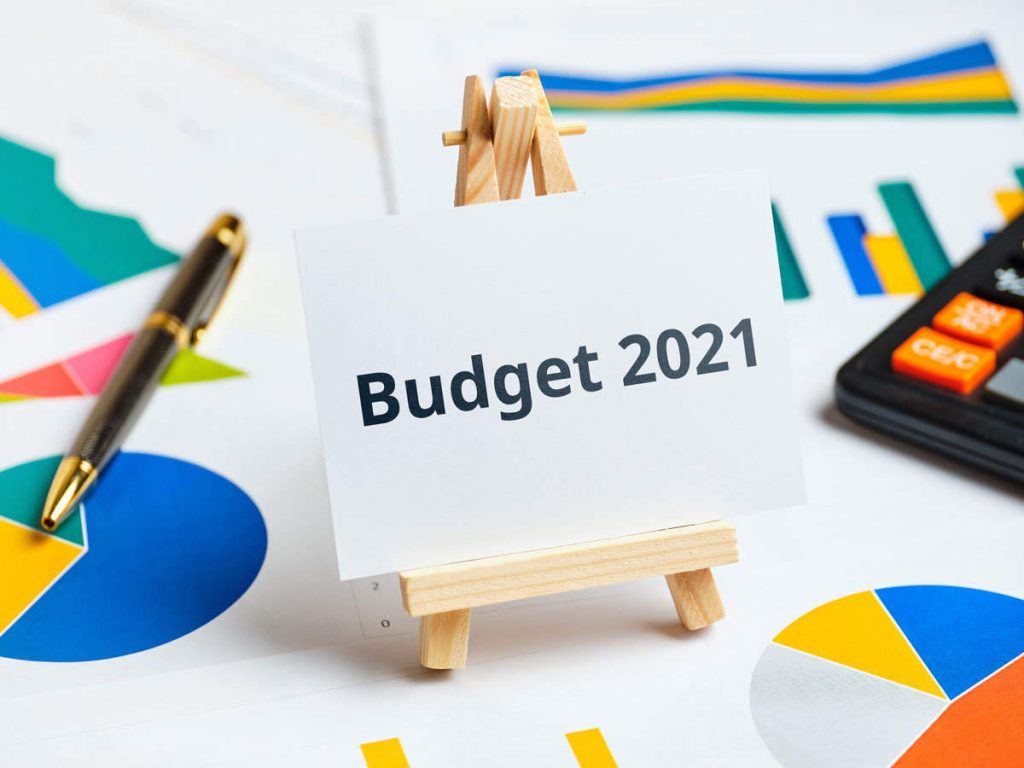The fiscal snapshot of the Union budget in the last 5 financial years:

Expenditure & Receipts:
- Between FY17 to FY21, the total receipts and the total expenditure have increased at the CAGR of 11.76% and 11.4% respectively.
- Revenue expenditure accounts for 85% of overall expenditure which are expected to grow this time. This is used for Payment of salaries, wages, pensions, subsidies etc.
- Capital expenditure is the money spent by the government on the development of machinery, equipment, building, health facilities, education, etc. Hence, allocation in this section might also increase.
- Share of subsidies in the total expenditure declined in the last Financial year which needs to be increased with special attention towards the food (ration), fertilizer and petroleum subsidy.
- Based on the current economic scenario, the receipts from the tax revenue might see moderate increase as income flow of most of the people got hampered after the outbreak of COVID-19.
- Receipts from the banking sector and Public sector units are expected to be lower.
- Receipts might increase from the spectrum auction (Telecom Sector) and with rising disinvestments.
- Amid the season of import substitution and local manufacturing, collection of import duties from the sectors like manufacturing, electronic items might increase.
Fiscal Deficit:
The outbreak of the COVID-19 pandemic across almost all the regions in the world has not only challenged the global healthcare sector but also has damaged the economic condition of most of the nations. However, the Indian economy was dealing with economic downturn long before this crisis hit the country. Now, emergence of this pandemic and imposed lockdown have made the existing crisis more stressful. Hence, Government needs to be flexible regarding the fiscal deficit target. After the announcement of multiple stimulus packages and relaxations on several economic issues, it is not that tough to predict that the fiscal deficit would be higher this time. Government’s borrowing from markets to meet the shortfalls of funds will also increase.
Way towards Economic Revival:
During the time of lockdown, most of the industrial activities were completely or partially ceased which caused massive job loss in the informal sectors. The disrupted industrial activities also impacted the operations of the formal sector leading to irregular income flow and rising unemployment. Hence, the industry expects the government to focus on creating jobs, especially for less-skilled workers, to boost income and demand.
Concentrating on digitizing all the crucial sectors through technological upgradation and making the sectoral services accessible in all the corners of the country also need to be prioritized.
Expectations from the different sectors









According to the Finance Ministry’s Economic Survey projects, India’s real GDP would record a growth of 11% in FY22. The nominal GDP growth has been estimated at 15.4%, implying an assumption of 4.4% inflation during the year.
Suitable policies, cash flows and the governance in the required places can definitely be helpful to achieve this target. Apart from the sectoral allocations, government should carry on cash support to poor people in this financial year as well. Amid the pandemic situation, significant amount of investment should be made to the MGNREGA (Mahatma Gandhi National Rural Employment Guarantee Act). Not only for the rural households but this employment guarantee scheme also needs to be available for the workers who migrated back to rural areas.

